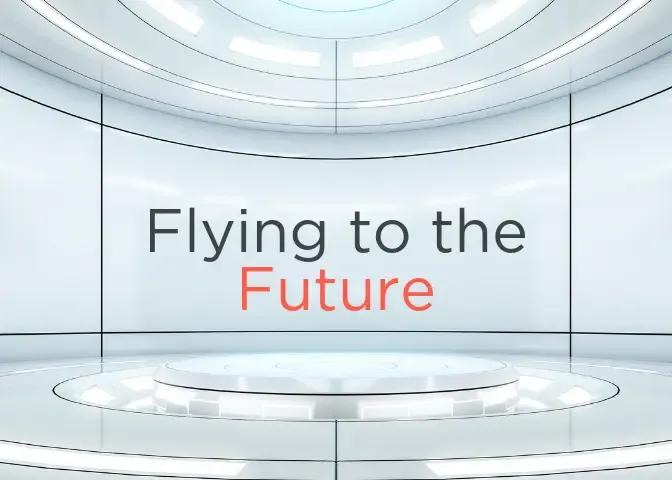Is There a Future for Autonomous Aircraft?

Self-driving cars, boats and trucks are all the rage, and are promising to revolutionize the land bound transportation and logistics industries. However, what about in the air? Is there a future for autonomous aircraft?
In the wake of two tragic crashes of Boeing 737 Max planes, which could turn out to be linked to automated systems that the pilots could not manually override – will travel consumers have any confidence in fully autonomous, pilotless aircraft?
What many flyers do not realize is that most modern commercial and private aircraft already practically “fly themselves.” Believe it or not, the average pilot of a Boeing or Airbus commercial plane manually flies the plane for between three and six minutes of the whole flight – mostly around takeoff, the initial climb to about 1,500 feet, and then landing.
There are “autopilot” systems that can augment or even replace pilots’ performance, and can regulate engine power, control and navigate the aircraft, and in some cases, even safely complete landings.
The Aviation Industry Favors Increased Automation
Despite concerns among both commercial and private jet flyers, the aviation industry as a whole supports increased automation. Most airlines and aircraft manufacturers say they could save money and alleviate the current shortage of qualified pilots if they could reduce – or even eliminate – the number of pilots in the cockpit.
With drones already dotting our skies, there are several companies that see autonomous aircraft as the wave of the future – if not immediately for long-haul transportation, for package delivery and “air taxies.” Amazon, UPS, Boeing and Airbus are among the players who are funding R&D into such aircraft.
However, no matter how advanced the technology becomes, or how soon it is available, the ultimate deciding factor will be consumer willingness to travel on an aircraft without a human at the wheel.
A 2014 study published in the International Journal of Aviation, Aeronautics and Aerospace found that Americans were far less willing to fly on an autonomous aircraft, and preferred knowing that a skilled pilot was onboard, even on an airplane that had the capability of fully unmanned flight. This was especially true for long-haul commercial flights. Nearly 70% of regular private jet and commercial air travelers in the study said they were unwilling to fly on an autonomous commercial airliner.
However, the conductors of the survey surmised that “a lack of knowledge about automation was one of the critical factors here, and that the public would feel better about automated flying if they knew more about the benefits of automation – such as extremely reliable automated warning systems to prevent mid-air collisions and crashes.”
Despite the notable crashes involving autopilots, the industry as a whole appears to believe that the automation of the future will actually make flying safer for air travelers.
This is because human error remains the most common cause of aircraft accidents, and unlike machines, people are prone to make the same mistakes again. Still, it will most likely be smaller private jets that are fully automated before largescale commercial flights.
The Future of Private Aviation Today
How big of a role automation will play in the future of commercial and private aviation remains to be seen. However, there is one use of automation in private aviation you can use today – and it sits right in the palm of your hand – the XO app!
We have completely digitized how passengers can search, book, and fly on a private jet. It is truly a revolution in private aviation.
If you would like more information about this post or any of our programs, please feel free to contact our team at +1-888-80-FLY-XO.
XO may offer a number of programs, including whole aircraft charter, for which XO will act solely as your agent in arranging the flight, and Public Charters, for which XO will act as principal in buying and reselling the air transportation. XO does not own or operate any aircraft. All flights are performed by FAA-licensed and DOT-registered air carriers.